Some dogs seem to take their sweet time getting from point A to point B. There’s nothing wrong with this trait — we could all stop and smell the roses now and then (and beagles sure love to smell those and more). Yet, others seem always to be orchestrating a high-speed chase or acting like a lifelong New York City resident trying to catch the subway.
You may watch your dog at the park or in your yard and think you’re raising the fastest creature on four feet. Are you? There are many speedy pups, but only one is the fastest dog breed. We’ll reveal which breed has a valid need for speed, plus a few more that would make a race interesting.
Fastest dog breeds in the world
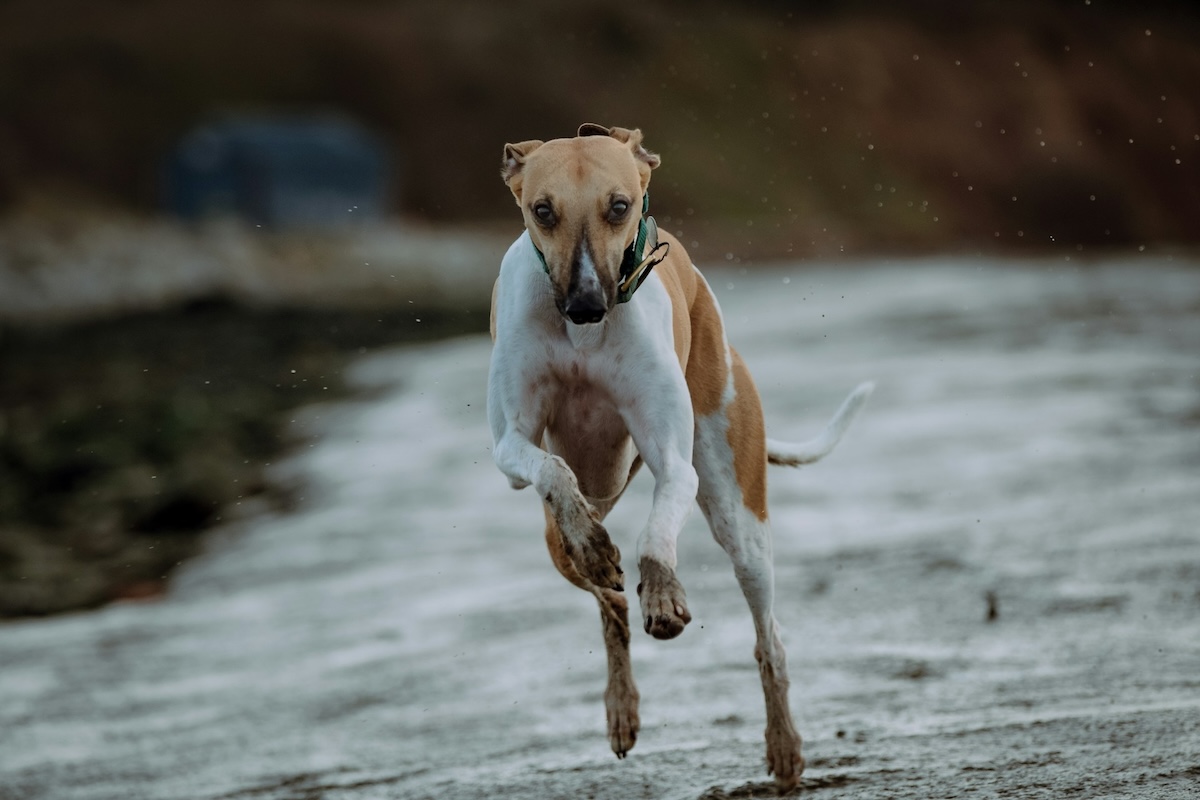
If there was a dog Olympics, a member of this breed would top the podium in a foot race. However, others would likely be right on their heels.
Greyhound
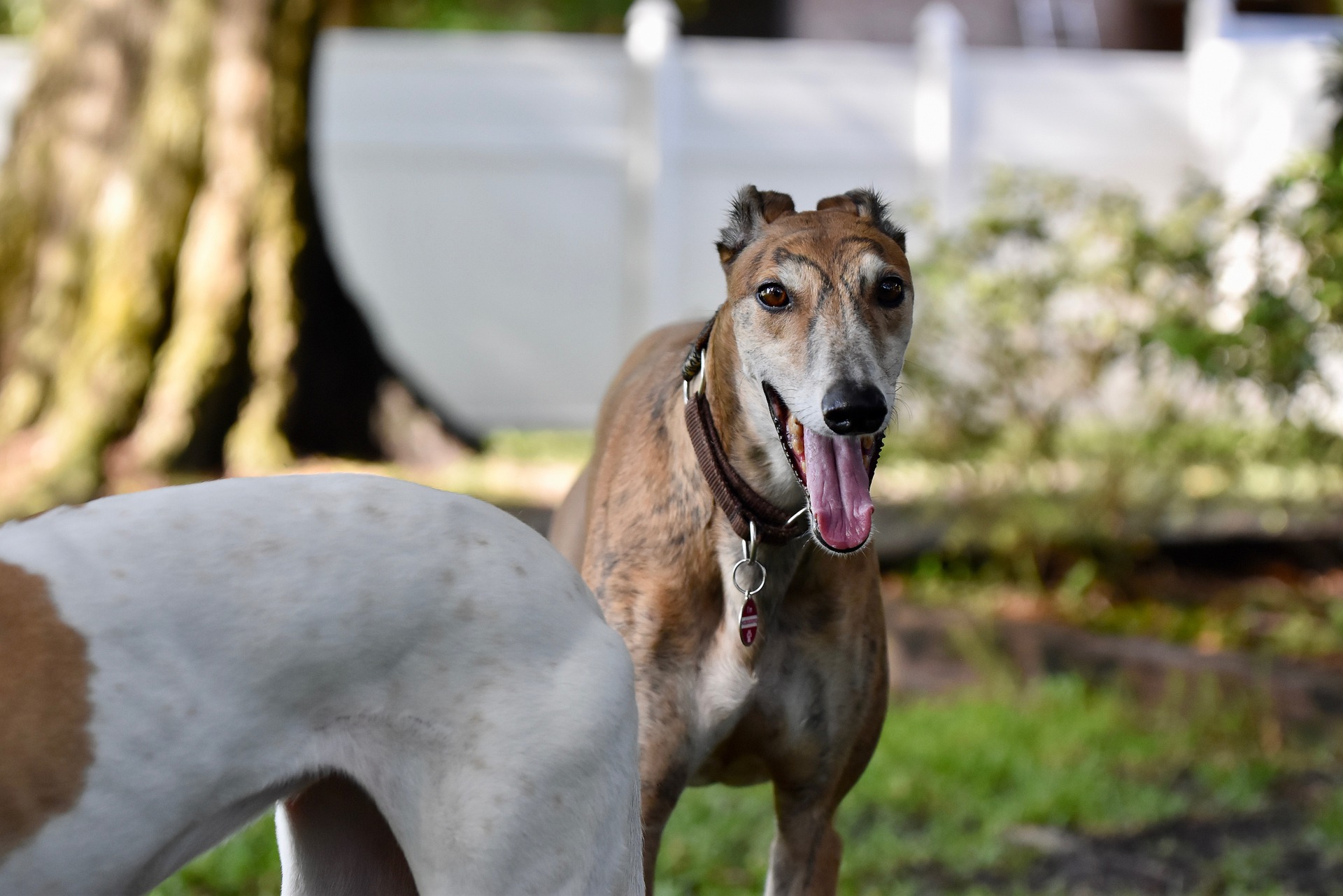
Greyhounds repeatedly top the list of fastest dog breeds, often maxing out at 45 mph speeds thanks to their slender bodies and flexible spines. Greyhound Brett Lee set the record for the fastest 100-meter spring with a time of 5.53 in 2001 (Usain Bolt would swoon), but the breed boasts serious endurance and can sustain 35 mph speeds for more than 7 miles. When they’re not breaking records, you can find greyhounds affectionately doting on their loved ones — they’re known for their friendly demeanors.
Whippet
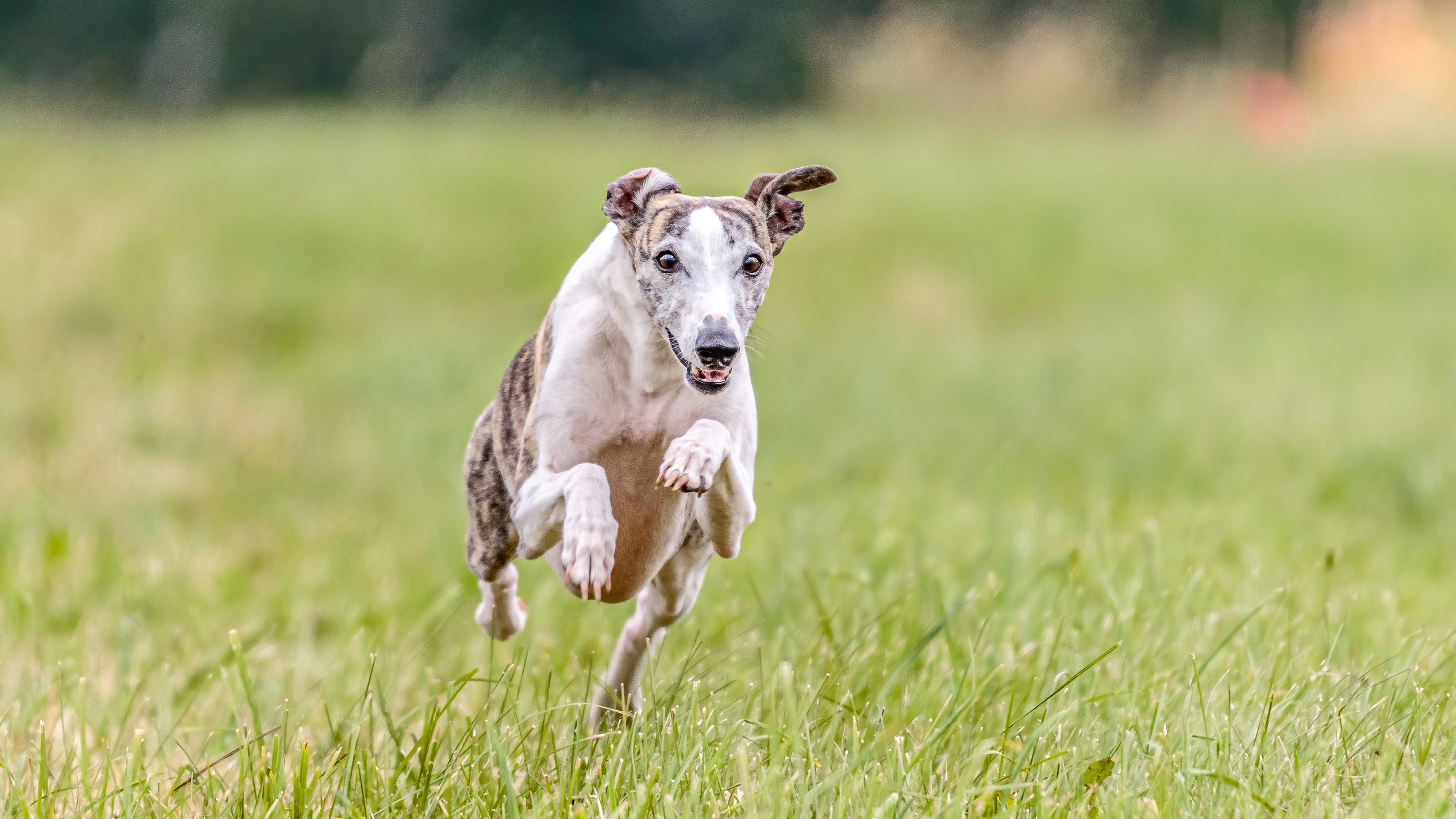
Whippets are quiet, bright, and fast. Whippets are considered the fastest-accelerating dogs. The medium-sized pups have topped greyhounds in races where rapid acceleration was needed to claim top honors. However, a whippet’s top speed is generally around 35 mph, which is still a nose slower than a greyhound at their fastest.
Saluki
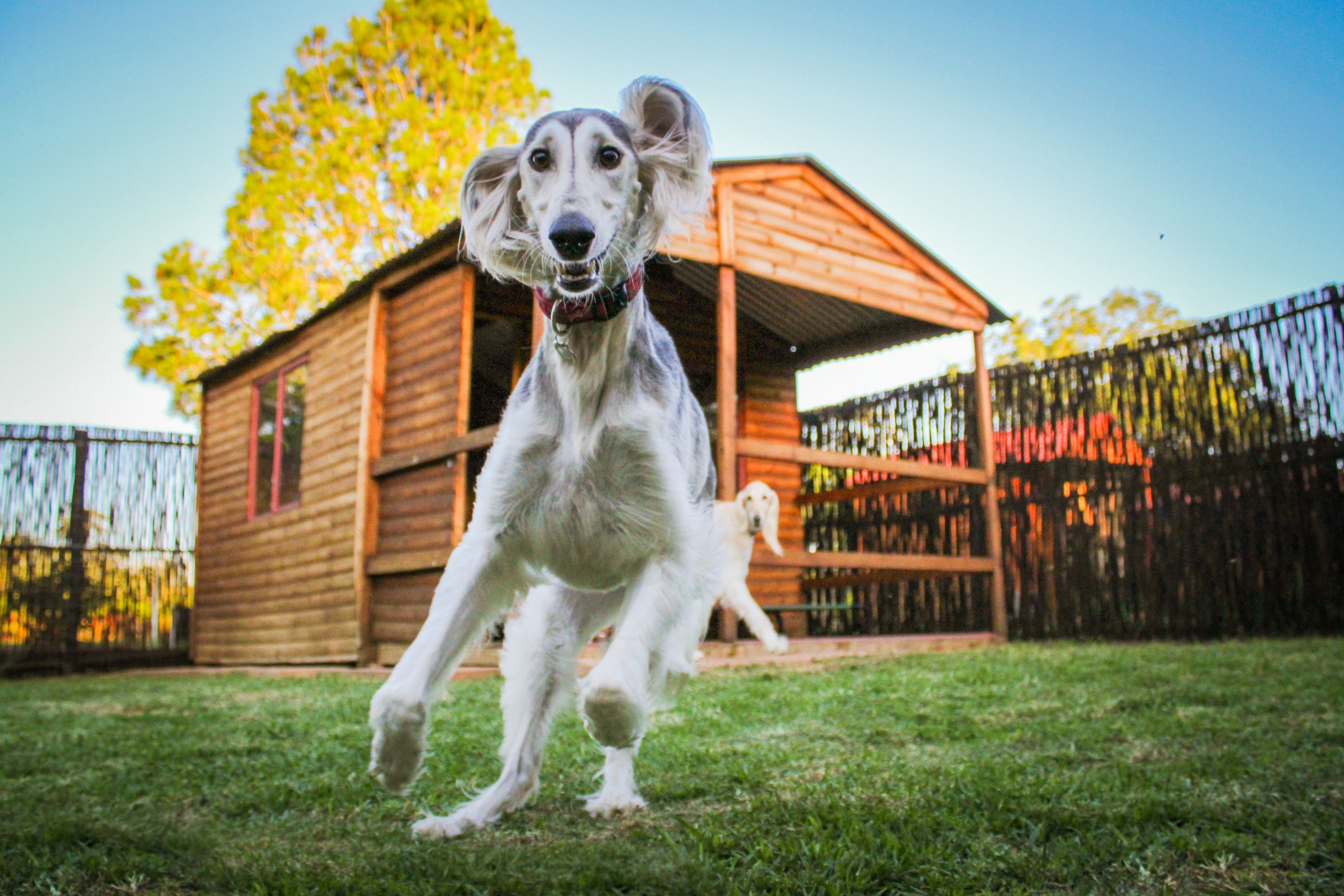
These smooth-coated dogs, once prized by nomadic tribes for their ability to chase down game, are now domesticated. However, salukis are still fast and give greyhounds a run for their money. This breed can reach 43-mile-per-hour speeds. Salukis remain natural chasers, so you’ll want to keep yours on a leash. While they can be challenging to train, salukis are gentle and good with kids and other dogs.
Afghan hound

Afghan hounds can run as fast as about 40 mph, which served them well when chasing down large animals as hunting companions in Afghanistan’s cold mountains (their coats helped, too). With U.S. families today, Afghan hounds strike a balance between being independent but loyal — the best of both worlds.
Vizsla
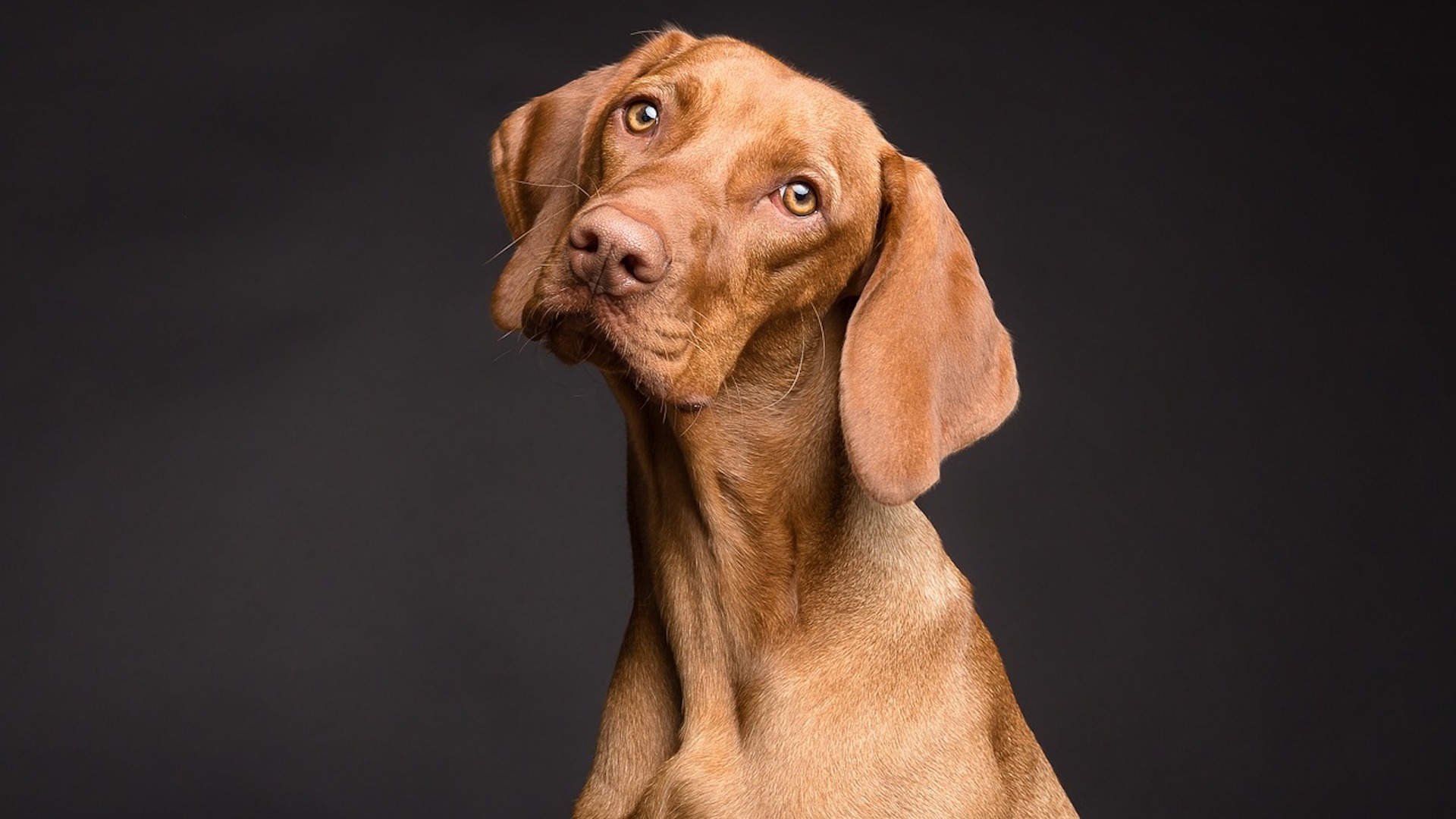
With large, gentle brown eyes, the vizsla boasts the epitome of a “puppy dog face” long into their golden years. The dogs are also lightning fast, maxing out at speeds as high as 40 mph. Unsurprisingly, vizslas are balls of energy and do best in an active family.
Dalmatian

Cruella never stood a chance. The beloved dogs often associated with the hit Disney flick and firehouses can clock in at 35 mph and are known for having serious stamina (how else would one save the day?). Dalmatians, or “Dals,” as they are called, are intelligent, alert, and good with strangers and other pets. However, the breed can be hit or miss with young kids.
Jack Russell terrier
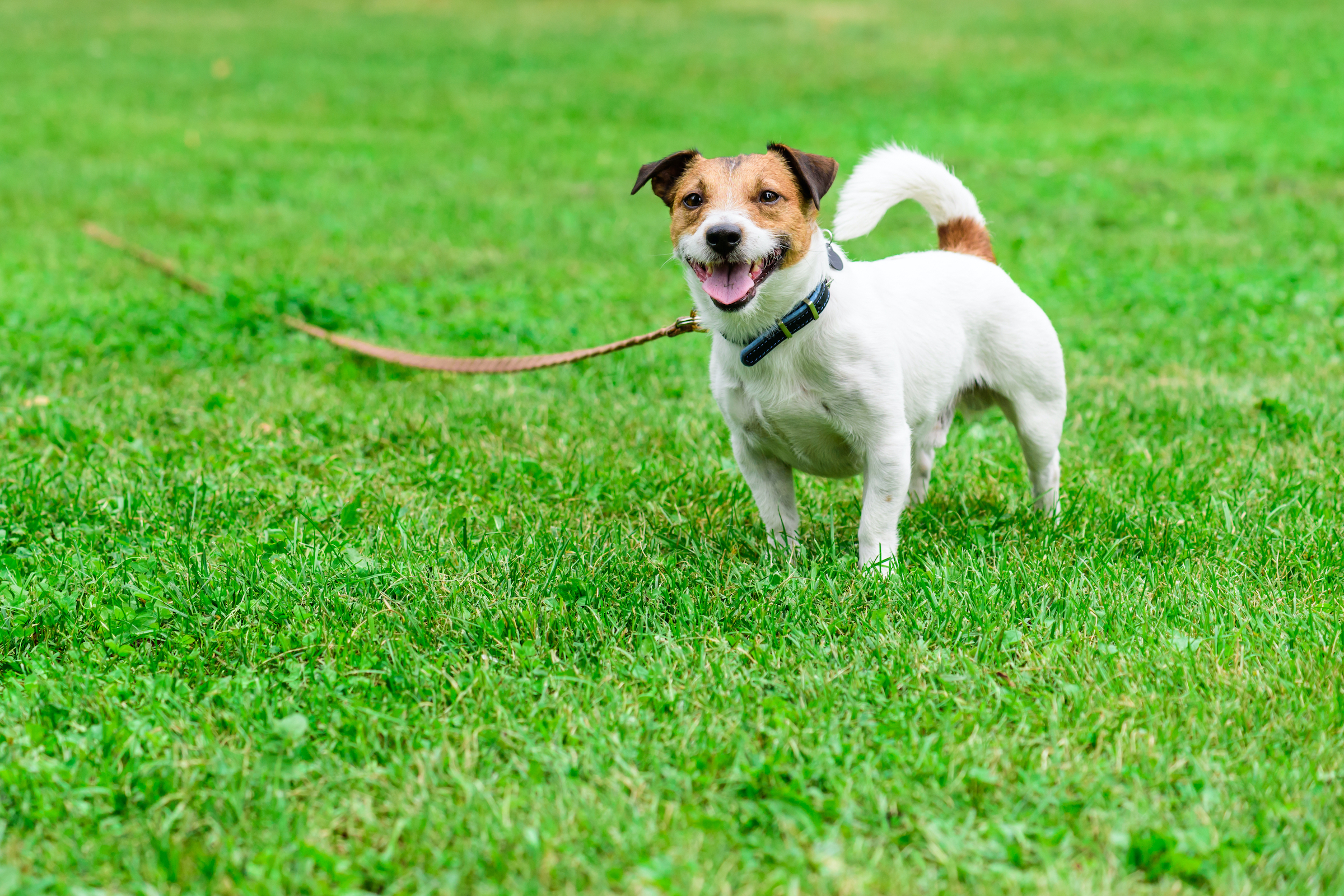
Are you surprised to see this smaller breed on here? Jack Russell terriers may weigh 15 pounds but can hit speeds of 30 to 35 mph. Jacks are also high-energy pups and can be a bit loud. Despite their size, they often don’t make the friendliest apartment-dwelling neighbors and thrive in active homes.
Doberman pinscher
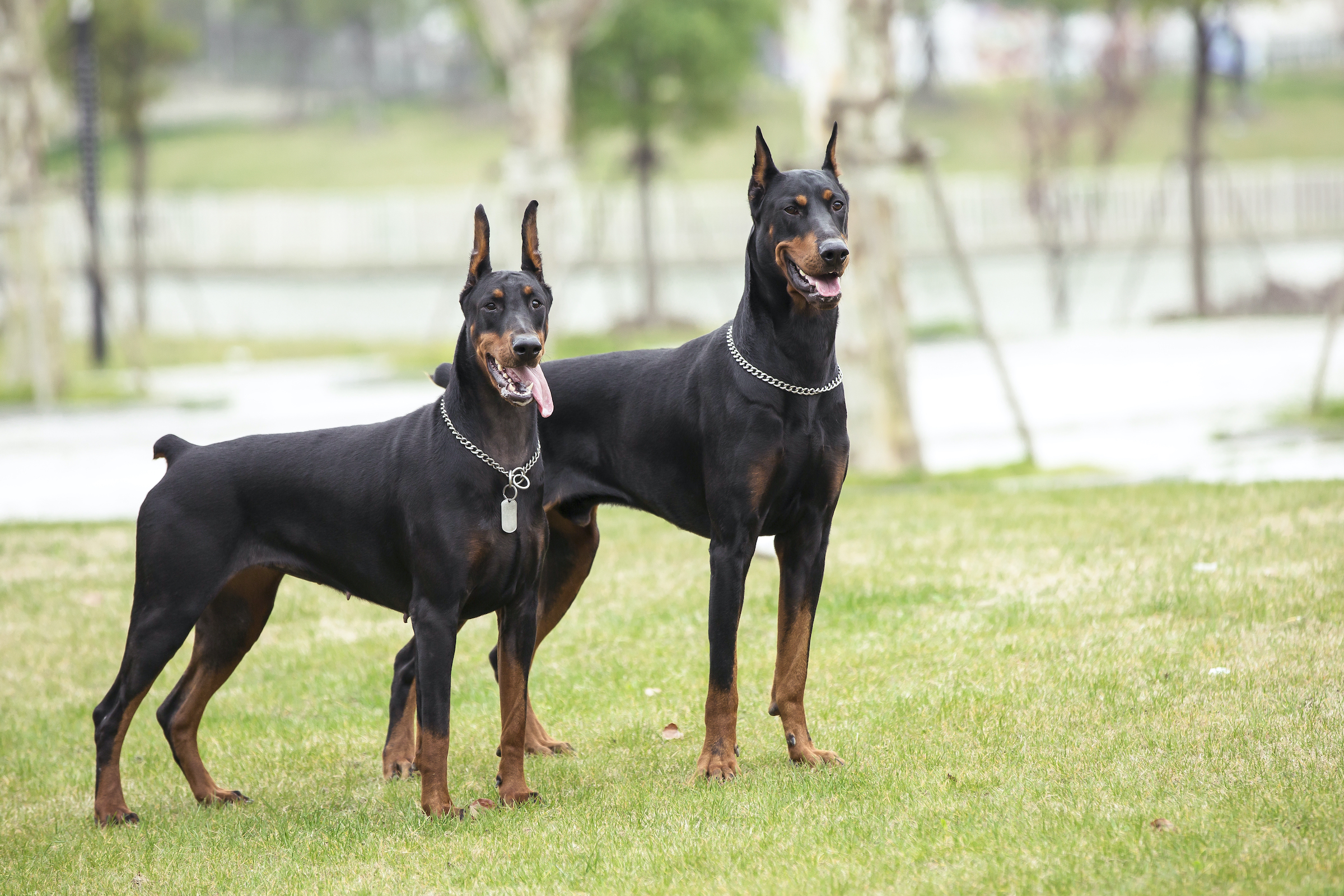
Doberman pinschers are among the most protective dog breeds. Their speed helps them keep their favorite humans safe (likely from evil leaves blowing). Dobermans can reach speeds of around 32 mph. Though they look imposing, Dobermans are gentle giants known for being wonderful with small children.
Poodle
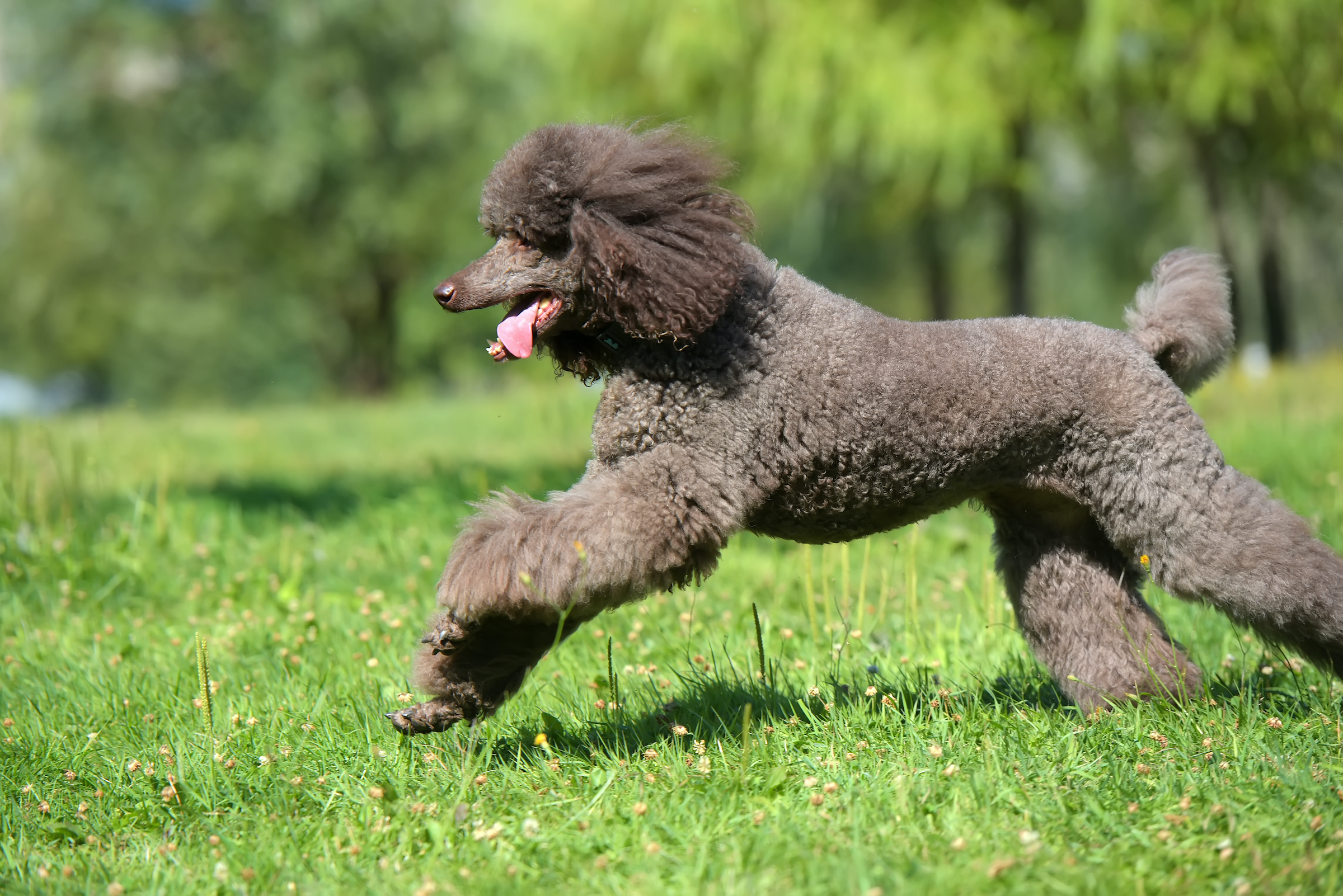
Don’t let the curly coat, high maintenance, and snobby reputation fool you. Poodles are agile, athletic, and fast, clocking in at top speeds of 30 mph. When they’re not racing around a dog park or agility course, you can find poodles snuggling up to their favorite humans — the breed is loving.
Border collie

Lassie fans, rejoice. The border collie is one of the speedier breeds on the planet, able to run as fast as around 30 mph. Border collies were bred to herd cattle and considered smart and affectionate.
Closing thoughts
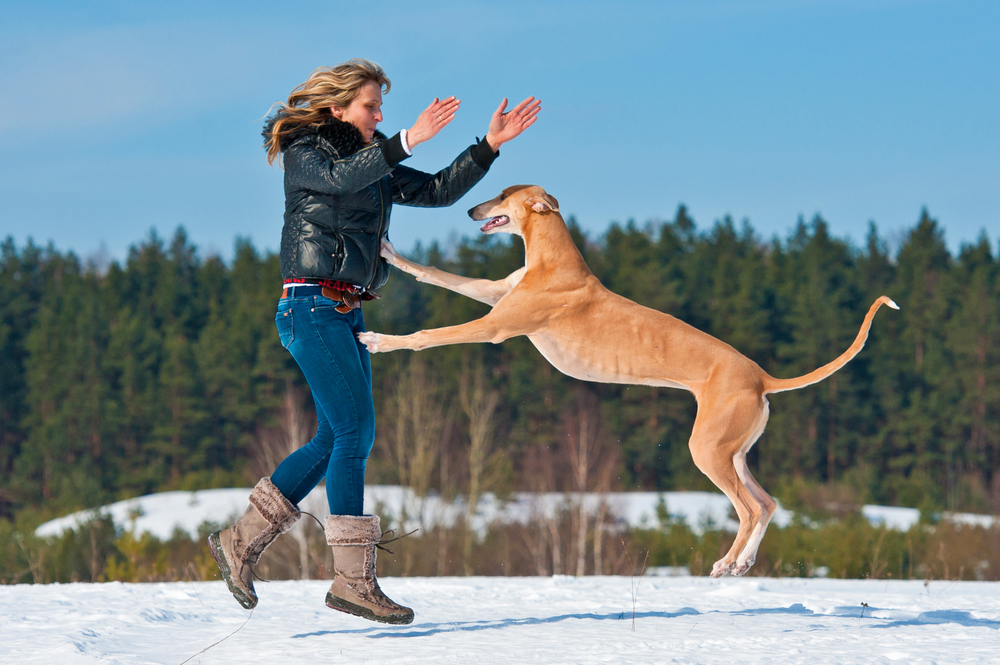
The greyhound is considered the world’s fastest dog breed, able to reach speeds of 45 mph and sustain 35 mph speeds for 7 miles. Other speedy dog breeds include whippets, salukis, and Afghan hounds. Notably, dogs — even in the same breed — have varying speeds. Injury and age can also slow a dog down. Monitor signs of injury, like limping, not walking, and increased lethargy. Also, all dogs need regular exercise, regardless of their speed. Your vet can give you insights on how much your specific pet needs based on their health, age, breed, and energy levels.




